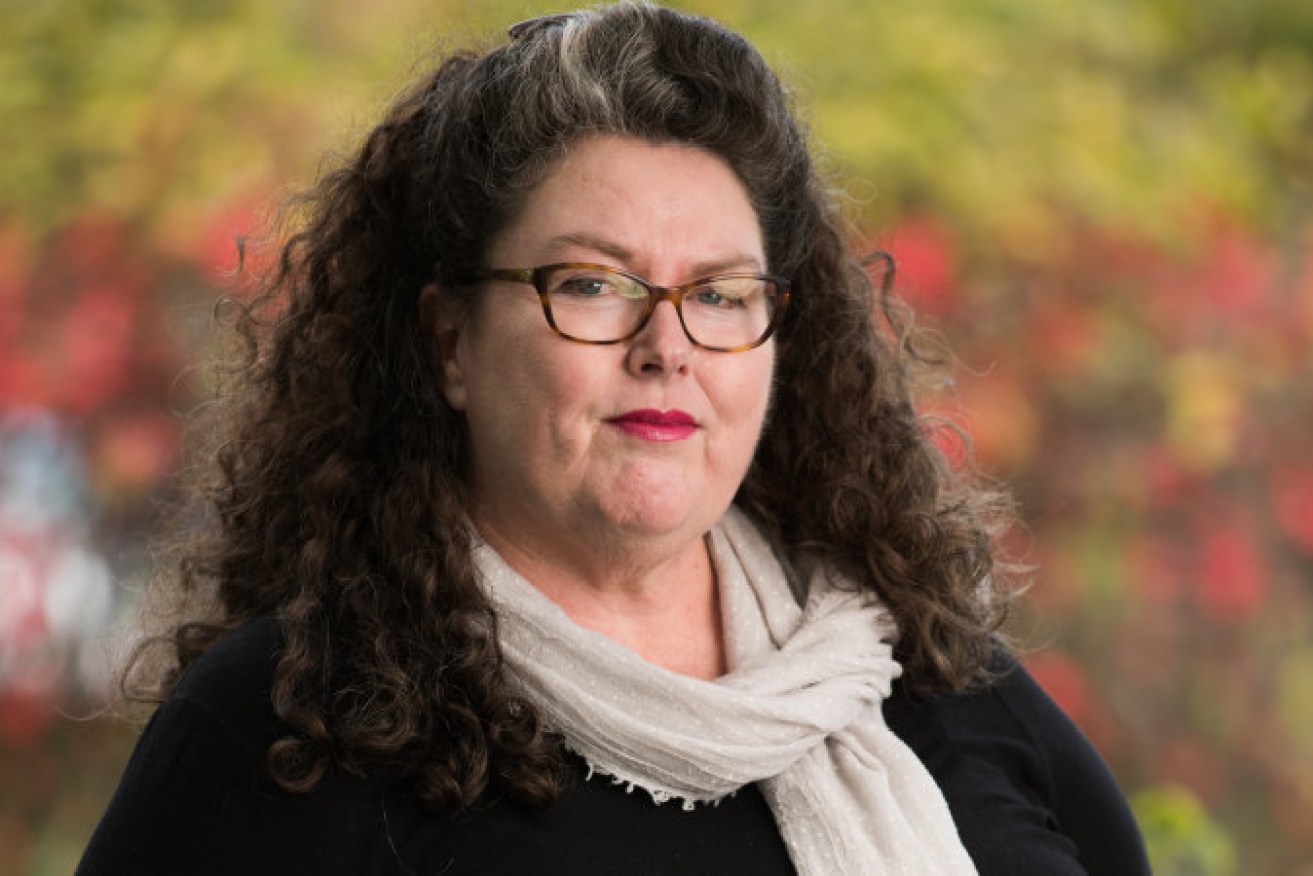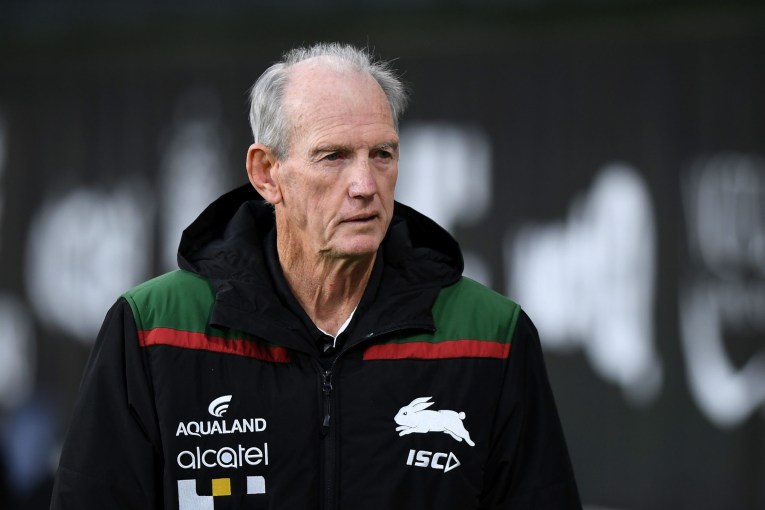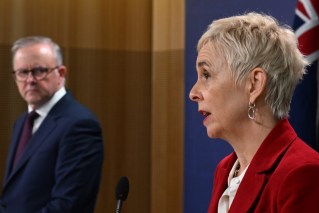NSW ‘past the worst’ as deaths soar beyond 1000
As NSW passes a grim milestone with its 1000th Covid death, a leading epidemiologist has warned the state’s plateauing case numbers won’t be reflected in its death toll for some time.

Deakin University epidemiologist Catherine Bennett says there are positive signs hiding within NSW and Victoria's grim numbers. (File image).
The state reported 25,168 new cases and 46 deaths on Friday, a new deadliest day of the pandemic that brings the NSW death toll to 1024.
More than a quarter of the deaths have occurred in the last two weeks, during which 324 people died with COVID-19.
Victoria has recorded 18,167 new COVID-19 cases and 20 deaths, as a four-day booster vaccine blitz gets underway at eight state-run hubs.
It takes the total number of active cases in the state to 252,399, up by 5505. However, hospital figures have dropped by 110 to 1096, ahead of the state’s expected peak during the Omicron wave.
In NSW there are “promising” signs, says Deakin University epidemiologist Catherine Bennet.
While case numbers are unlikely to drop rapidly, as you would expect with a peak, Prof Bennett says they seem to have plateaued.
“It’s really complicated because of the changes to testing protocols and availability of testing has been a problem,” she said.
“But all the indicators, while none of them are truly reliable and they’ve all shifted around… are looking good.”
However, the number of people becoming seriously ill and dying with the virus may not drop for weeks, she says.
Hospitalisations dropped again to 2743 on Friday, after falling for the first time since December 13 on Thursday.
The number of people in ICU also decreased to 209.
Professor Bennett says ICU numbers and people on ventilators are the two important numbers to watch.
“People when they go on to a ventilator, instead of it being a short-term ICU visit, they’re in there for weeks,” she said.
“When our ventilation numbers drop down to 20, or 10, we’ll know we’re not going to see as many poor outcomes in the weeks to come.”
Also driving down death rates will be the decline of the more serious Delta variant, newly approved early-intervention treatments for COVID-19, and greater take-up of vaccine boosters.
“The booster will be the death knell for Delta, hopefully,” she said.
NSW and Victoria pitched their plan for re-opening schools to national cabinet on Thursday, after which Prime Minister Scott Morrison said the federal government had agreed to split the cost 50-50 with states opting to surveillance-test students and teachers.
Mr Perrottet had earlier confirmed surveillance testing would play a role “at least in the short term” in ensuring schools remained open from day one of term one – February 1.
Almost four-in-five primary school children in NSW are yet to receive their first vaccine dose.












